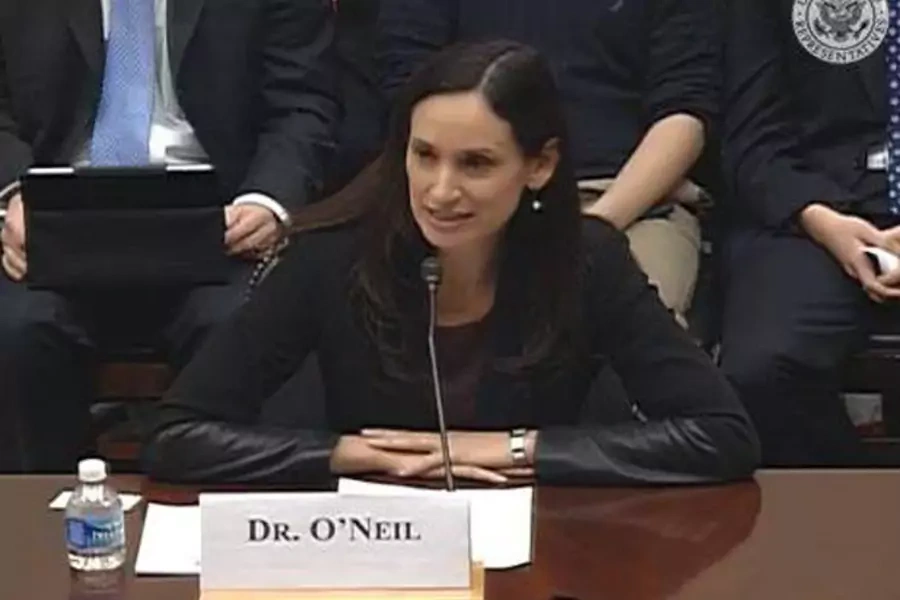The Strategic Importance of North America to U.S. Interests

More on:
Yesterday, I had the privilege to testify before the House Foreign Affairs Subcommittee on the Western Hemisphere at a hearing titled “The Strategic Importance of the Western Hemisphere: Defining U.S. Interests in the Region.” Also joining me before the subcommittee were Bonnie Glick, senior vice president at Meridian International Center, Evan Ellis, research professor at the U.S. Army War College Strategic Studies Institute, and Eric Farnsworth, vice president of Council of the Americas.
Below is an excerpt of my written testimony in which I discussed the strategic importance of North America to U.S. interests and why “Made in North America” should be a foundation for U.S. policy:
North America today is a global economic powerhouse, home to almost five hundred million people living in three vibrant democracies. Together the three nations account for over 26 percent of global GDP. Totaling roughly $20 trillion, their combined economies outpace the European Union in economic production. And though the United States makes up the majority of the economic weight (in terms of GDP and as the home to almost a third of the world’s largest companies), both Canada and Mexico rank among the top fifteen largest global economies. North America is also one of the most economically dynamic regions of the world today—the World Bank predicts the region will outperform average global GDP growth in 2015.
Because of geography, markets, and the choices of millions of individuals and thousands of companies, North America has become one of the most integrated and interdependent regions in the world. Sharing 7,500 miles of peaceful borders, Canada and Mexico now play vital roles in the United States’ stability, security, and prosperity. It is time to build on past work and advance this partnership to a new stage. If the three North American countries deepen their integration and cooperation, they have the potential to improve the standards of living of their citizens and to shape world affairs for generations to come.
Several recent developments make a North American vision particularly attractive. These include advantageous demographics, a shared skilled labor force, and recent economic reforms in Mexico. Today, I want to focus on two particular areas of opportunity: energy and economic competitiveness.
You can read the rest of my written testimony here on CFR.org. You can read the written testimonies of my fellow witnesses here on the House Foreign Affairs Committee website.
More on:
 Online Store
Online Store